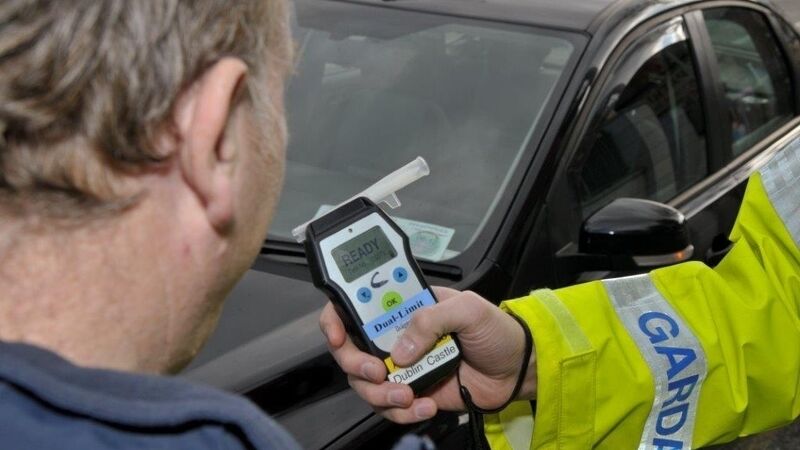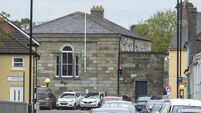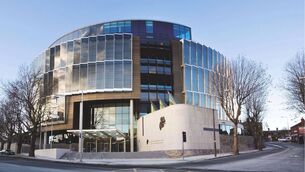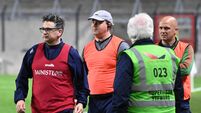Gardaí arrested 36 people three times last year for drink/drug-driving

The latest annual report from the Medical Bureau of Road Safety found that males are responsible for 85% of all detections.
A total of 36 people were arrested three times last year for drink/drug driving while 172 drivers were arrested twice, new figures show.
The figures have prompted a call by the head of the Medical Bureau of Road Safety (MBRS) for fresh efforts to be made to tackle repeat and high-risk offenders.











